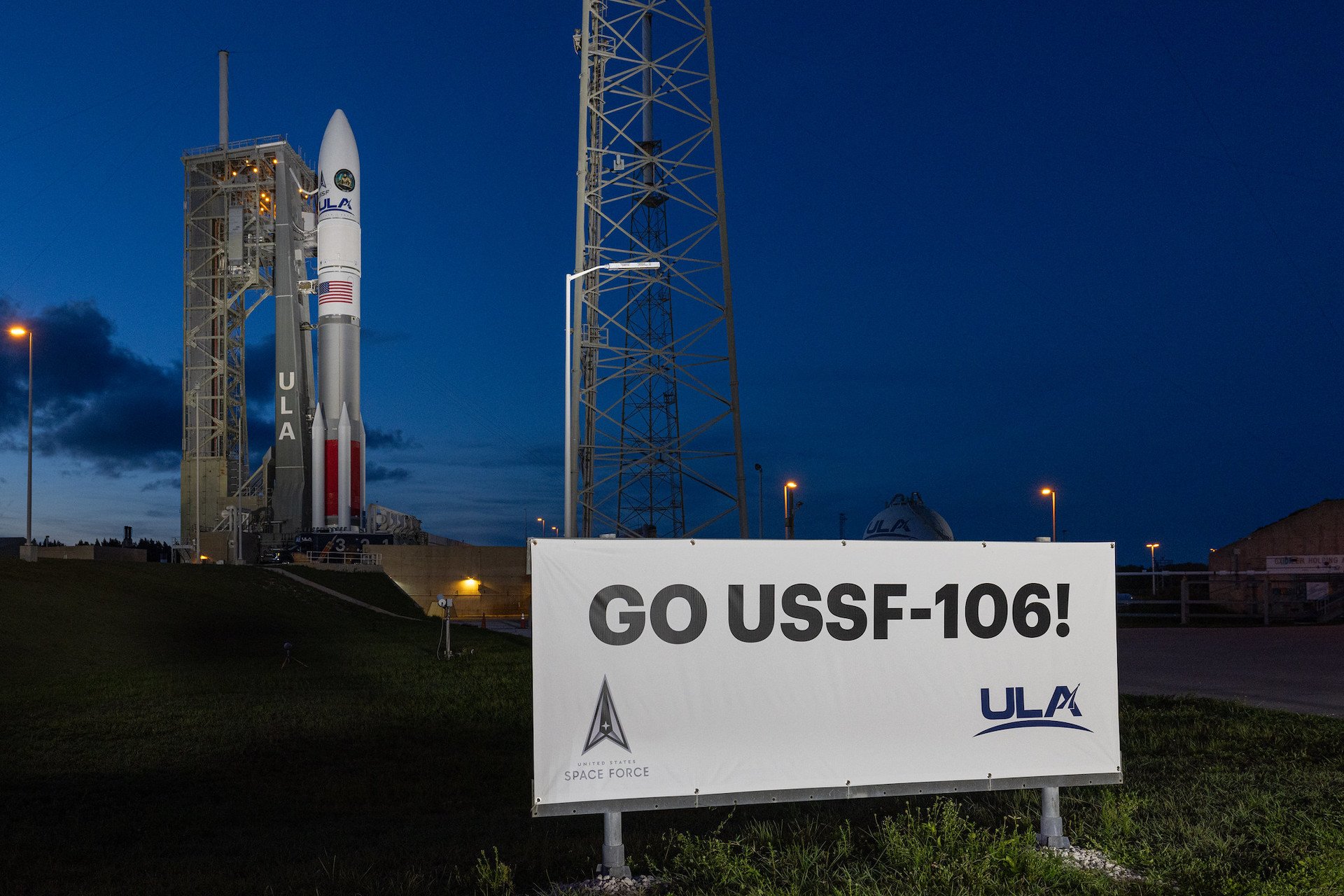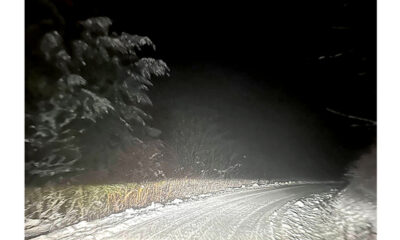Science
ULA’s Vulcan Rocket Set for Debut Launch with Mystery Payload

United Launch Alliance (ULA) is poised to make a significant return to the classified launch sector with the debut of its Vulcan Centaur rocket. Scheduled for launch on **March 5, 2024**, from **Cape Canaveral Space Force Station**, this mission marks the rocket’s first flight under the U.S. Space Force’s National Security Space Launch program. The launch window opens at **19:59 ET**, and ULA aims to solidify its role in national security payloads following a lengthy development period and earlier setbacks.
The Vulcan Centaur, standing at approximately **200 feet (60 meters)** tall, will transport an experimental navigation satellite known as **NTS-3**, created by the Air Force Research Laboratory. Additionally, the rocket will carry a second, undisclosed payload, the details of which ULA has chosen not to reveal. “We’re not going to make any further comments on anything beyond NTS-3 in the mission stack,” stated **Colonel Jim Horne** of the Space Force during a press briefing, as reported by **Payload**.
Significance of the Launch
This mission represents a crucial step for ULA as it re-establishes its presence in the classified launch market, an area where it has significant competition from **SpaceX**. ULA successfully earned its certification for national security launches after completing two test flights last year. While the first flight went smoothly, the second flight encountered an issue when a plume of smoke was observed coming from one of its two boosters just **35 seconds** post-liftoff. This anomaly, which occurred in **October 2024**, delayed further launches and necessitated extensive evaluations and modifications.
Colonel Horne emphasized that the company undertook rigorous testing to mitigate risks prior to this launch. “We’ve done a couple of full-scale static fires, extensive sub-scale analysis, and modeling to get to launch [Tuesday] at an acceptable risk,” he explained. Following the certification in **March 2024**, the Space Force conducted mission-specific risk analyses before finalizing the launch date.
Future Missions and Competition
With Vulcan set to take flight, ULA plans to execute a total of **nine missions** this year, addressing a backlog of national security payloads that require launch. This resurgence is vital not only for ULA but also for enhancing the U.S. Space Force’s capabilities by providing access to space through two reliable providers, as previously, SpaceX had dominated the market for classified missions.
The Vulcan Centaur is designed to be a mostly expendable heavy-lift vehicle, incorporating design elements from its predecessors, the Atlas V and Delta IV rockets. It can deliver up to **25.8 metric tons** to low Earth orbit (LEO) and **7 metric tons** to geostationary orbit (GEO). Comparatively, SpaceX’s Falcon Heavy is capable of lifting **up to 64 metric tons** to LEO and **9 metric tons** directly to GEO.
As ULA prepares for this pivotal launch, the industry watches closely to see how the Vulcan Centaur will perform and what it means for future national security missions in an increasingly competitive landscape. The launch will be streamed live on ULA’s YouTube channel, allowing the public to witness this important milestone in U.S. space efforts.
-

 Technology5 months ago
Technology5 months agoDiscover the Top 10 Calorie Counting Apps of 2025
-

 Technology2 weeks ago
Technology2 weeks agoOpenAI to Implement Age Verification for ChatGPT by December 2025
-

 Health3 months ago
Health3 months agoBella Hadid Shares Health Update After Treatment for Lyme Disease
-

 Health3 months ago
Health3 months agoErin Bates Shares Recovery Update Following Sepsis Complications
-

 Health3 months ago
Health3 months agoAnalysts Project Stronger Growth for Apple’s iPhone 17 Lineup
-

 Technology5 months ago
Technology5 months agoDiscover How to Reverse Image Search Using ChatGPT Effortlessly
-

 Technology3 months ago
Technology3 months agoElectric Moto Influencer Surronster Arrested in Tijuana
-

 Technology2 months ago
Technology2 months agoDiscover 2025’s Top GPUs for Exceptional 4K Gaming Performance
-

 Technology5 months ago
Technology5 months agoMeta Initiates $60B AI Data Center Expansion, Starting in Ohio
-

 Technology5 months ago
Technology5 months agoRecovering a Suspended TikTok Account: A Step-by-Step Guide
-

 Health5 months ago
Health5 months agoTested: Rab Firewall Mountain Jacket Survives Harsh Conditions
-

 Lifestyle5 months ago
Lifestyle5 months agoBelton Family Reunites After Daughter Survives Hill Country Floods





















